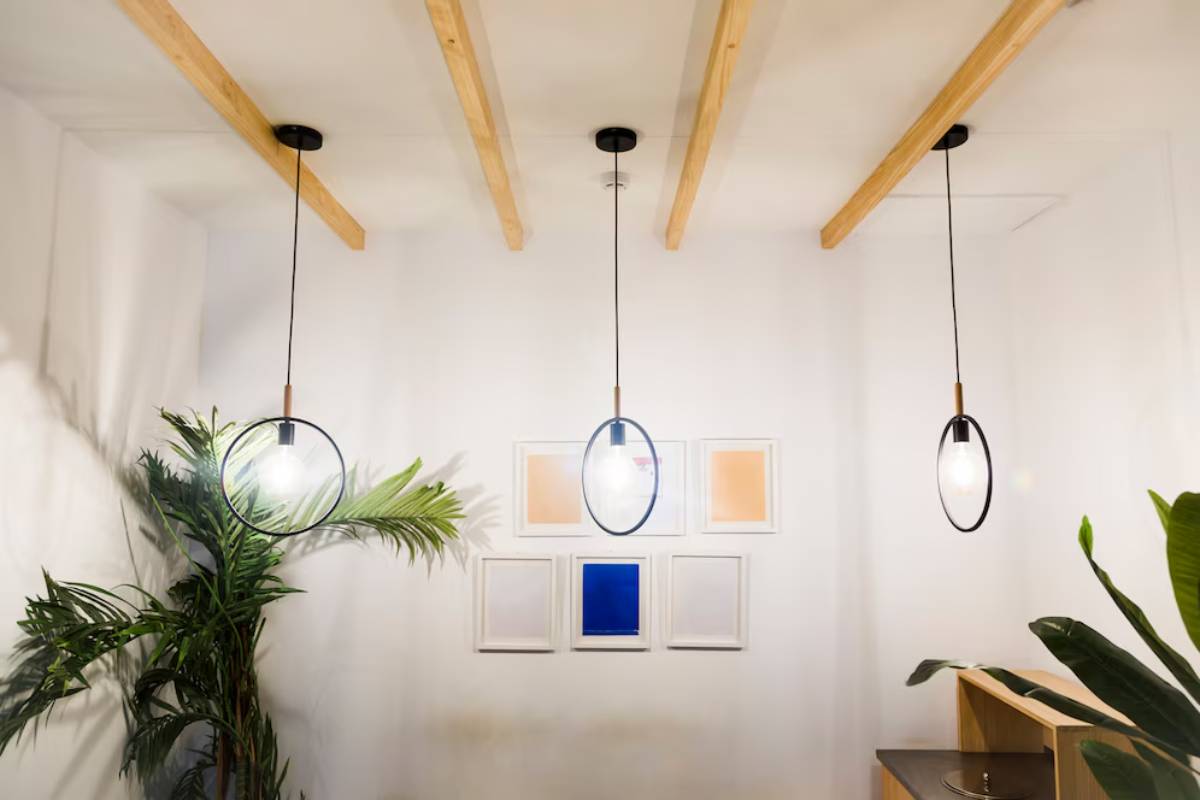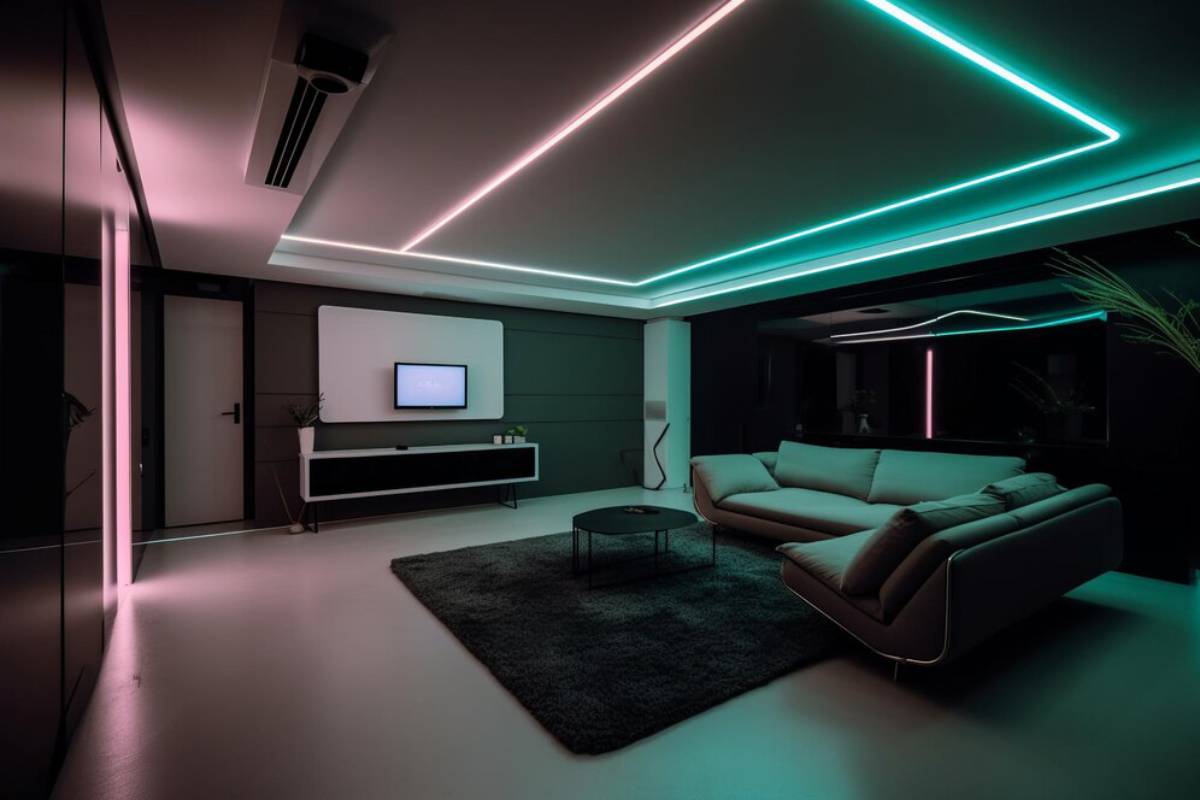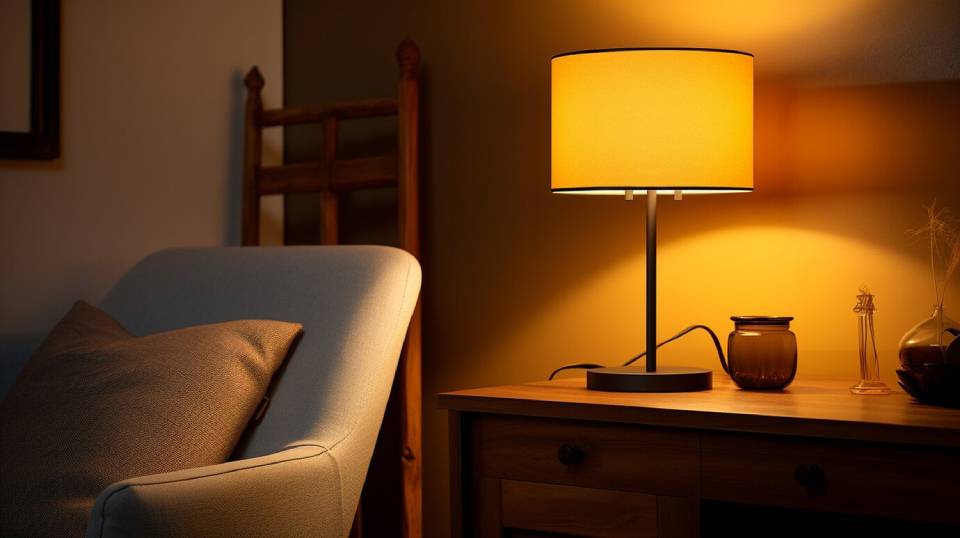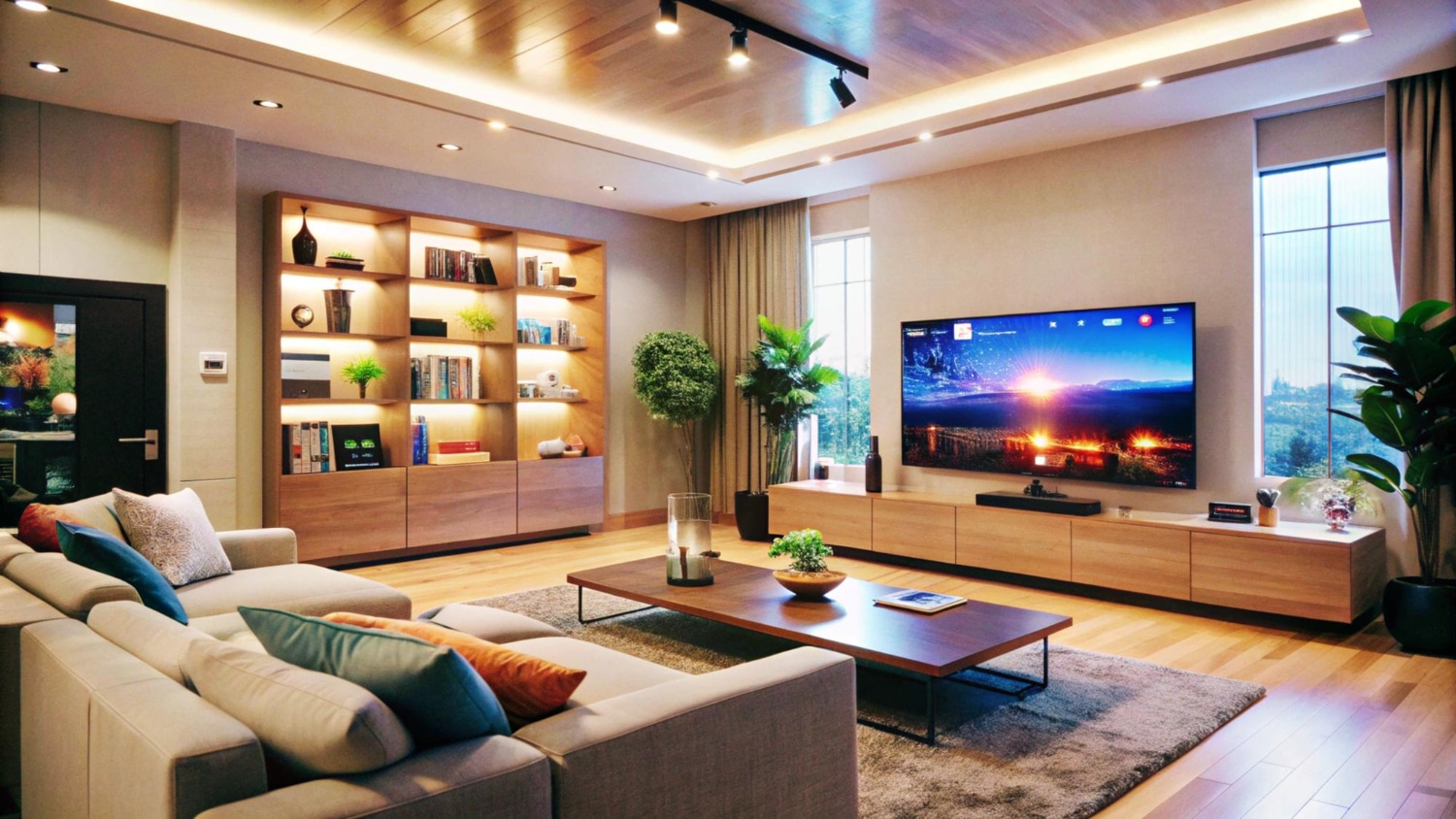
How to Zone Your Studio Apartment Using Lighting
Living in a studio apartment has its unique set of challenges. With everything — from sleeping quarters to your dining table — sharing the same open area, how do you create a sense of structure without putting up walls? The answer lies in clever studio lighting zones.
In this guide, you’ll discover how to use open-plan lighting strategies to effectively divide your home into functional, beautiful areas. Whether you’re trying to carve out a relaxing bedroom, a motivating workspace, or a cosy lounge, these small space zoning ideas will help you transform your studio into a versatile haven.
Why Lighting Is Key to Studio Apartment Zoning
In a studio apartment, where space is limited and physical divisions are absent, lighting serves as an essential tool. It helps establish psychological boundaries and diverse atmospheres throughout the area. By strategically placing various light sources, you can define distinct zones, such as a cosy reading nook or a vibrant workspace.
Different lighting techniques can evoke various feelings, enhancing your experience within the space. Warm, soft lights can create an inviting ambience, while brighter, cooler lights may boost energy and focus. Layering multiple light sources, such as overhead fixtures, floor lamps, and table lamps, allows for greater flexibility in mood and function.
Utilising task lighting in specific areas can further emphasise their purpose, making it clear where to relax or work. Through thoughtful lighting design, you can transform your studio apartment into a harmonious blend of comfort and efficiency.
Benefits of zoning with lighting:
- Creates structure and flow
- Enhances functionality for different activities
- Improves overall ambience
- Adds style and personality
Quick Insight: Research from Houzz UK reveals that strategic lighting planning increases perceived room size and improves user satisfaction in small apartments.
Core Principles of Studio Lighting Zones
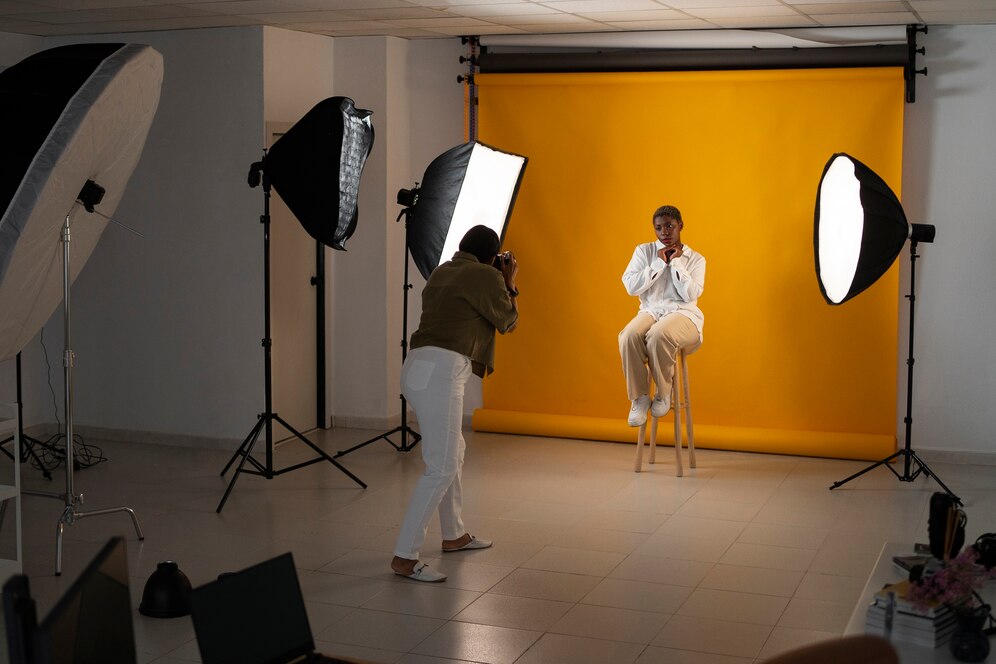
1. Layer Your Lighting
A mix of ambient, task, and accent lights helps differentiate spaces without feeling cluttered.
Example:
- Ambient light for general brightness
- Task lights for workstations or kitchen areas
- Accent lights to highlight decor or create cosy corners
Want a deeper dive into layering? Read Understanding Light Layers: Ambient, Task, and Accent in Tight Spaces.
2. Use Lighting to Define Functions
Assign a unique lighting type or style to each “zone” of your studio.
Ideas:
- Pendant light above the dining table
- Wall sconces flanking your bed
- A desk lamp to designate a workspace
3. Play with Light Temperatures
Cooler whites energise and suit work areas, while warmer lights relax and are perfect for sleeping or lounging.
Smart Tip: Use smart bulbs that let you adjust the colour temperature as needed.
Clever Open-Plan Lighting Ideas for Small Space Zoning
1. Pendant Lights for Dining or Kitchen Areas
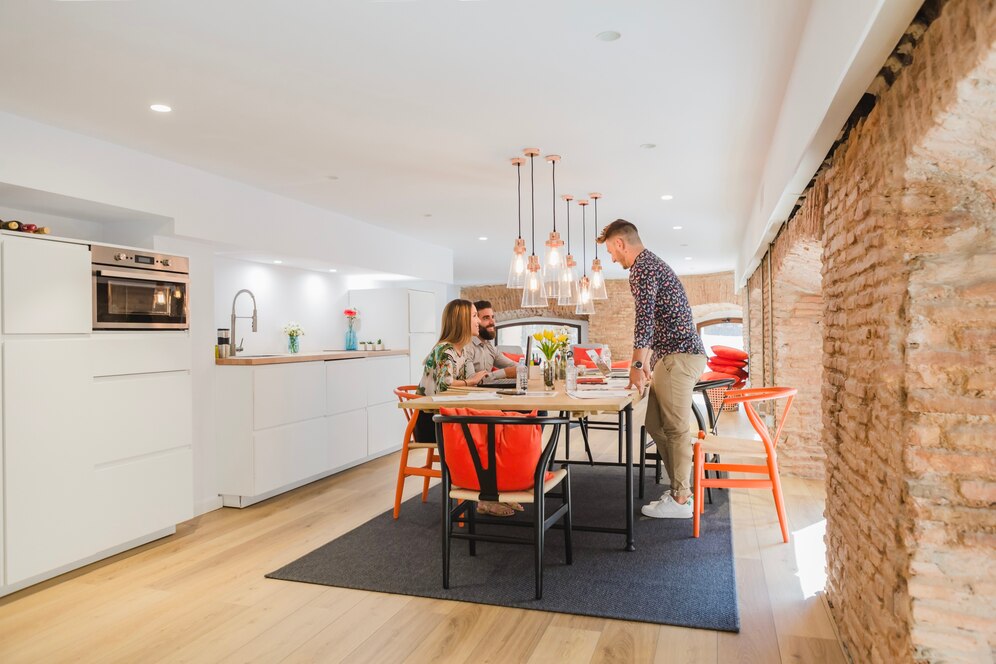
Why it works:
- Instantly anchors the dining space
- Adds vertical dimension, drawing eyes upward
Style Tips:
- Choose compact designs for lower ceilings
- Install adjustable pendant lights for flexibility
2. Floor Lamps to Define Living Spaces
Why it works:
- A floor lamp can “frame” a seating area without walls
- Provides soft, ambient lighting for relaxing
Top Picks:
- Arc floor lamps
- Slim minimalist designs to save space
3. Wall-Mounted Lights for Bed Zones
Why it works:
- Saves precious floor space
- Adds a warm, welcoming vibe
Smart Tip: Choose dimmable sconces for bedtime reading and relaxing.
4. Smart LED Strips for Workspaces or Entryways
Why it works:
- Provides clean, modern lighting without taking up physical space
- Great for desk areas, under shelves, or hallway nooks
Placement Ideas:
- Under floating shelves
- Along the underside of a loft bed
5. Portable Smart Lamps for Versatile Zones
Why it works:
- Move them as your needs change
- Control brightness and colour for different activities
Best Picks:
- Philips Hue Go
- Govee Smart Table Lamp
Real-Life Studio Lighting Success Stories
Example 1: A Micro-Apartment in London
Ben divided his 25m² studio into three zones: a sleeping nook with warm pendant lighting, a bright work desk with adjustable LED strips, and a living area framed by a floor lamp.
“Lighting changed everything. I feel like I have rooms now, not just one big box,” he shares.
Example 2: A Creative Loft in Manchester
Emily used layered smart lights to shift her space based on activity: bright for painting during the day, warm and soft for winding down at night.
“It’s like living in different homes throughout the day,” she says.
Looking for more flexible solutions? Explore Flexible Lighting Solutions for Multi-Use Studio Rooms.
Practical Tips for Setting Up Lighting Zones
Keep in mind:
- Plan before you install: Sketch a basic layout showing activities and light types
- Stick to a cohesive style: Even with different zones, a consistent aesthetic keeps the studio feeling unified
- Use dimmers: Flexibility is your best friend
- Automate scenes: Use smart home systems to switch zones with a tap or voice command
Common Mistakes to Avoid in Small Space Zoning
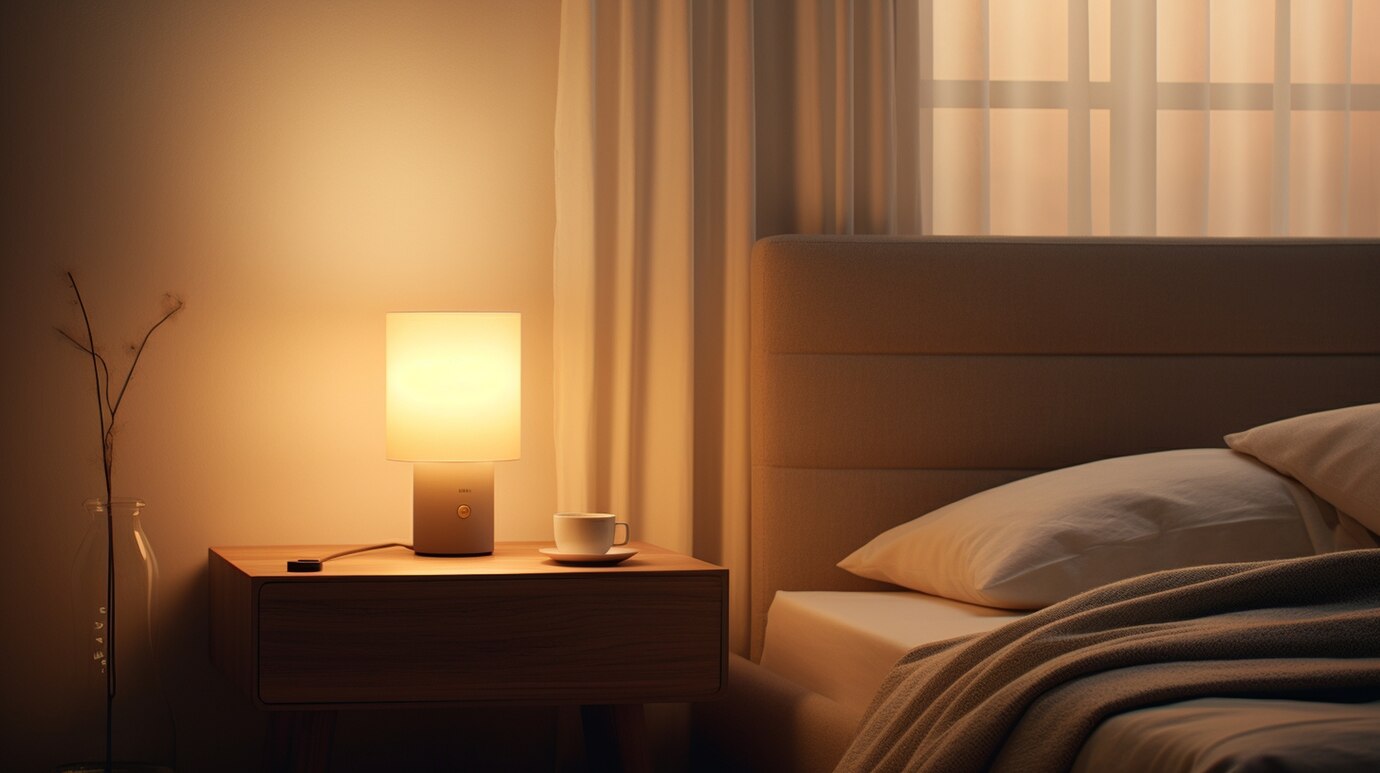
Watch out for:
- Overlighting: Too many bright lights can make the studio feel chaotic
- Ignoring natural light: Complement it, don’t compete with it
- Skipping task lighting: Functional areas need dedicated lights for best use
- Neglecting controls: Manual switches can become a hassle; smart controls make a huge difference
Define Your Space, Redefine Your Life
With a bit of planning and creativity, studio lighting zones can turn even the tiniest open-plan home into a beautifully organised, highly functional space. Open-plan lighting strategies are not just about adding light — they’re about shaping your lifestyle and enhancing your daily experience.
Ready to reimagine your home? Start small: zone your sleeping area first, then build from there. We’d love to hear how you plan to use small space zoning techniques in your studio — drop a comment below and subscribe for more smart home inspiration!
